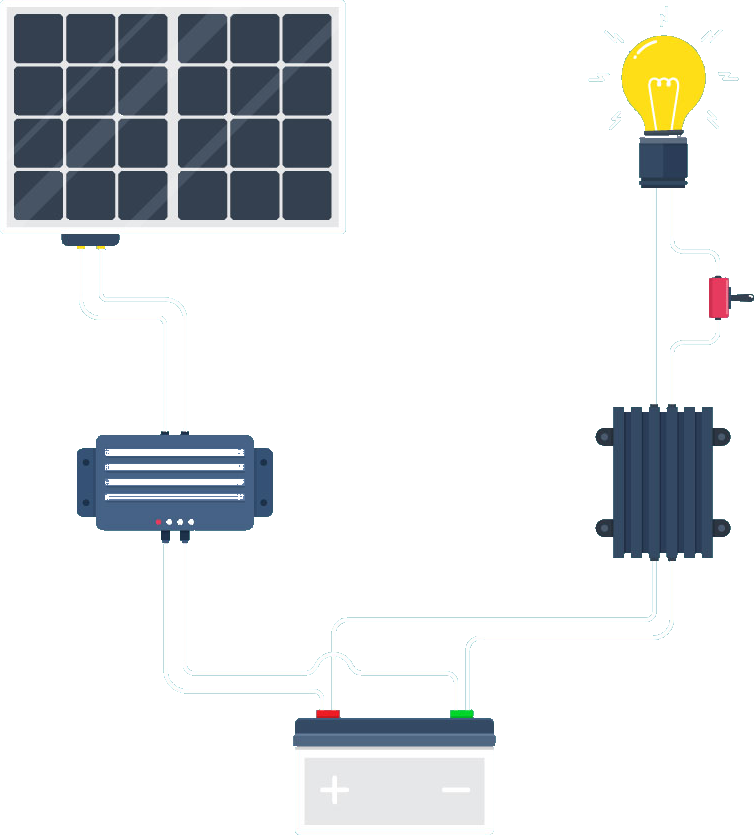How does home Battery Storage work?
Solar Battery systems are designed to store the excess energy from your PV system. They can monitor the homes usage of electricity. The internal battery management system will automatically divert the excess energy to your battery, rather than allow it to generate back onto the grid. The battery system will then distribute the stored energy when it detects a demand in the house greater than the PV system can provide. Or when there is no PV generation, providing there is sufficient energy stored in the battery.
It is important to remember most battery systems give priority to the loads in the house before charging the battery. However, we are now seeing systems that allow you to choose the priority.
Is Battery Storage right for you?
This will depend on your lifestyle, energy usage and size of PV system.
On average, a household would utilise 35 – 50% of the generated system without a battery. This would rise if you were in the house for much of the day. However, battery storage can raise this to 80%. If you have a system already installed and use all the energy generated from your PV system, then battery storage may not be right for you. However, if there is spare generation, then it could be a great way to further reduce your energy bill.
It is always recommended to look at your inverter monitoring to see how much of the power generated is being consumed during the day, before deciding if battery storage is right for you.

How Much Energy Can I Store in a Solar Battery?
Solar battery systems for the home come in many different capacities.
The capacity is measured in kilowatt hours (kWh). 1kWh is a 1000 Watts used for 1 hour. So, in theory, a 1kWh battery would run 20 LED bulbs for around 9 hours, or a typical modern fridge for around 6 hours continuous running.
Many battery systems have a fixed storage capacity starting at around 2kWh to 14kWh but there are also systems that allow you to add capacity by building extra battery modules on to the system to increase the energy storage.
